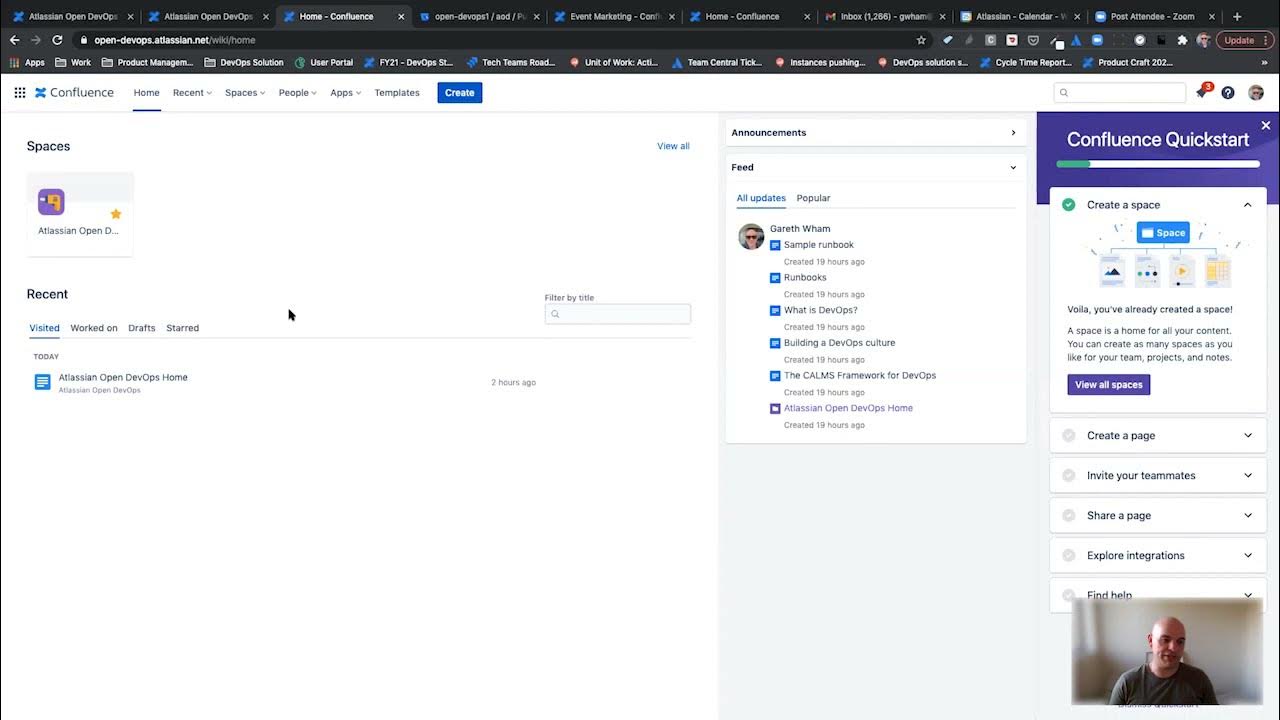Cisco Network Automation Delivery Model NADM: A Strategic Blueprint for Network Automation Succ
Summary
TLDRFrederick Swan, a leader in engineering teams for NSO and workflow, introduces the Network Automation Delivery Model (NADoM), a guide to best practices for implementing NSO. He discusses the importance of achieving early wins with minimal viable use cases to build momentum and tackle internal resistance. Swan emphasizes the need for a clear cause for automation, cross-functional management support, and collaboration to ensure a successful automation journey. His presentation offers practical advice and resources for those looking to expand their automation practices.
Takeaways
- 📅 Fredrick Swan introduced the Network Automation Delivery Model (NADoM) in 2019 and has observed its continued relevance and effectiveness.
- 🛠️ NADoM was created to address customer inquiries about best practices for implementing NSO and to share insights on how to succeed with automation technology.
- 🚀 The model emphasizes the importance of achieving an early win by deploying a small, minimum viable use case (MVP) to quickly demonstrate the value of automation.
- 💡 Successful customers have utilized NADoM to build positive momentum within their organizations by proving the capability of the automation technology and their teams.
- 🔄 The model consists of a 'Define, Demonstrate, Deploy' phase for the initial MVP, followed by an 'Expand' phase to build an automation practice and integrate it into the organization's DNA.
- 🤔 Fredrick addressed common challenges such as the lengthy time to achieve ROI from automation investments and internal resistance that hinders expansion.
- 🔑 To combat resistance, Fredrick suggests understanding stakeholder commitment and using the Commitment Curve to plot their level of engagement, ensuring alignment with the automation initiative.
- 🛑 He also highlights the importance of executive management's full commitment to avoid siloed priorities and conflicts, which are detrimental to the success of automation efforts.
- 🔍 NADoM provides a structured approach with specific phases and steps, including defining the scope, demonstrating functionality, deploying the MVP, and expanding with a structured practice.
- 📝 The model offers hands-on guidance, including checklists for each step, and is designed to be adaptable to different organizational sizes and needs.
- 🌐 Fredrick encourages the use of NADoM, which is freely available and filled with actionable content to support the automation journey.
Q & A
What is the main topic of the talk given by Fredrick Swan?
-The main topic of the talk is the automation journey, focusing on the people and process aspect of network automation delivery model, specifically discussing the Network Automation Delivery Model (NADAM) and addressing common challenges in automation implementation.
What does NADAM stand for?
-NADAM stands for Network Automation Delivery Model, which is a framework designed to guide organizations through the process of implementing network automation.
What was the purpose behind developing NADAM?
-The purpose behind developing NADAM was to address the numerous questions from customers seeking best practices, opinions, and guidance on how to implement NSO in the most effective way and to increase the chances of success with network automation.
What are the two main problems Fredrick often encounters regarding network automation?
-The two main problems Fredrick often encounters are: 1) It takes a long time to get any ROI (Return on Investment) from automation technology, and 2) Internal resistance within organizations is hindering the expansion of automation.
What does Fredrick suggest for achieving an early win with automation?
-Fredrick suggests getting an early win by deploying a small and minimum viable use case into production quickly, which not only gets the technology in place but also demonstrates the team's capability.
What are the three main steps in the NADAM model?
-The three main steps in the NADAM model are: Define, Demonstrate, and Deploy. These steps are designed to help organizations achieve an early win with their automation efforts.
How does NADAM address the issue of internal resistance to automation?
-NADAM addresses internal resistance by providing a structured approach to building an automation practice, ensuring cross-functional management support, and fostering collaboration and a shared commitment to succeed with automation.
What is the significance of having executive management's full commitment in the automation process?
-Having executive management's full commitment is crucial because it ensures that the organization prioritizes automation, breaks down silos, and fosters collaboration, which is essential for the successful implementation of automation practices.
What is the 'commitment curve' mentioned by Fredrick, and how is it used?
-The 'commitment curve' is a theoretical model used to plot stakeholders on a curve to understand their level of commitment regarding the implementation of changes, such as automation. It helps in identifying where stakeholders stand and what actions might be needed to increase their commitment.
What is the role of the automation core team in the early stages of implementing NADAM?
-The automation core team, consisting of both software and network competence, is responsible for defining the scope of the initial automation project, demonstrating its feasibility, and ensuring that stakeholders see and understand the benefits of the MVP (Minimum Viable Product) use case.
How can the NADAM model be accessed for further reference?
-The NADAM model can be accessed by searching for 'NADAM' on Cisco DevNet, where detailed phases, steps, and best practices are provided for users to follow.
Outlines

This section is available to paid users only. Please upgrade to access this part.
Upgrade NowMindmap

This section is available to paid users only. Please upgrade to access this part.
Upgrade NowKeywords

This section is available to paid users only. Please upgrade to access this part.
Upgrade NowHighlights

This section is available to paid users only. Please upgrade to access this part.
Upgrade NowTranscripts

This section is available to paid users only. Please upgrade to access this part.
Upgrade Now5.0 / 5 (0 votes)





